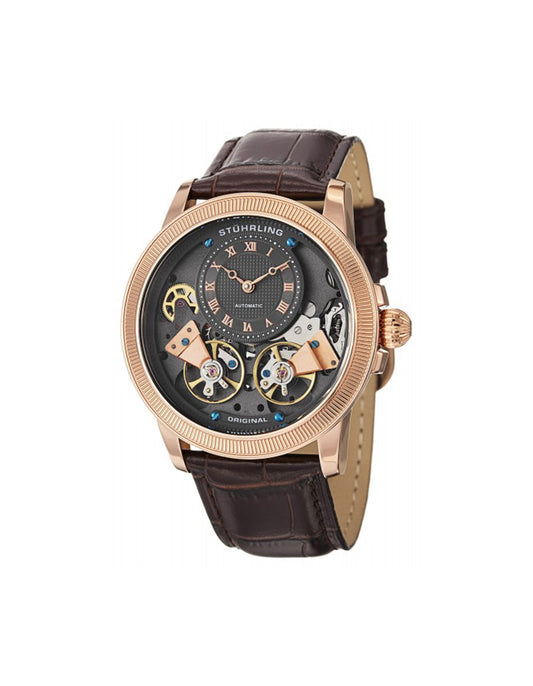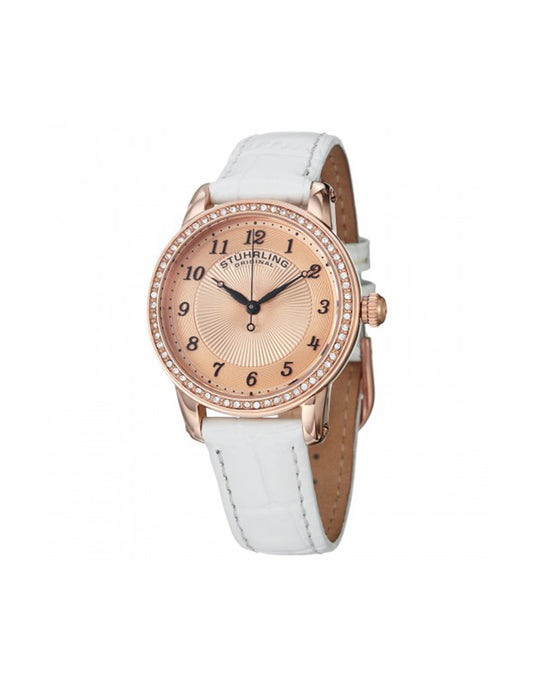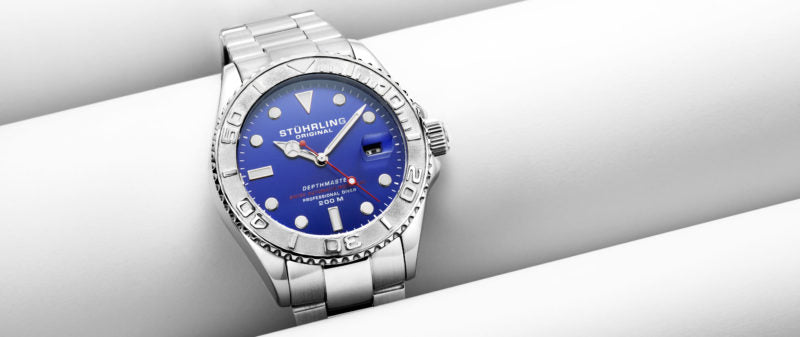Take the plunge and learn all about diver functionalities and how to care for your dive watch.
We ask a lot of our timepieces nowadays. As we’ve talked about before, watches are more of an accessory or fashion statement now than purely a way to tell time. That means that watches have the unenviable task of needing to be eye-catching without overpowering your outfit (not to mention still keeping accurate time!). When it comes to fashionable flexibility and durability, one type of watch rises above the rest: the dive watch. Known for their water resistance and highly legible dials, this design have come a long way from its original use for underwater wrists. Though the modern dive watch may not be rated for plumbing the depths of the ocean, the features that made the dive watch a must-wear have remained consistent over the years.

GETTING DEEPER WITH THE DIVE WATCH
While specific design choices vary by brand and model, there are a few easily recognizable hallmarks of the diver aesthetic. A water-resistant case is a must, and you’ll often see a dive watch paired with a metal link bracelet or a rubber strap for maximum comfort while in the water. A unidirectional bezel is also a standard feature on most dive watches, a functional tool used to help divers keep track of the length of time they were underwater so their oxygen tanks wouldn’t run out. You might not be scuba diving anytime soon, but the dive watch is a sensible addition to suits and shorts alike. Wearing a rubber strap into your Monday meeting is a fun way to bring a little joy to the boardroom, while the stainless steel link bracelet on our award-winning Regatta Champioin 395 brings a distinguished touch to high-profile meetings and is comfortable enough to wear to happy hour after work. This kind of versatility is one of the reasons that dive watches grew in popularity, and why nowadays you’ll see dive watches on plenty of dry wrists.

CARING FOR A DIVE WATCH
Of course, the most recognizable feature (and arguably the most attractive) of a dive watch is its water resistance. Measured in Atmospheres (ATM), or the static water pressure found at certain depths, water resistance doesn’t mean that a watch is waterproof. The measurement accounts for laboratory settings, not everyday circumstances where a watch would experience other wear and tear. Dive watches are some of the sturdiest models when it comes to water resistance, as their original purpose had more to do with practicality than fashion. You’ll still find many dive watches with 10 to 20 ATM ratings, and that has everything to do with the design features that dive watches have carried in their DNA since day one. Rubber or silicone gaskets are used along the face, back, and sides of a watch case to create an airtight seal between components, protecting the watch's movement and display from water damage. Screw-down case backs and screw-down crowns also help increase the protection that those gaskets provide. These features are invisible to the casual eye, but they ensure that your dive watch is able to keep up regardless of how wet you get. As with all fine timepieces, regular maintenance is a must with dive watches. Their specific construction makes it important to have your dive watch checked by a licensed jeweler every year or two, or you might experience a decrease in overall water resistance. Certain chemicals in water, aerosol sprays, and cosmetics can also damage the gaskets and affect the watch’s seal and water resistance. When your dive watch works well in casual and professional settings, it’s easy to want to wear it every day. Bringing your watch to a jeweler for a check-up is a simple way to keep your watch running with confidence.







